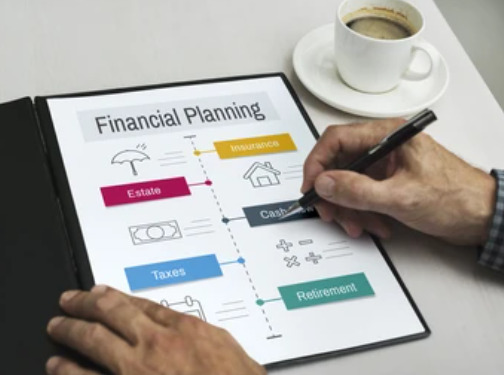If you’re living paycheck to paycheck or struggling to pay off debt, Budgeting can be a powerful tool to help you gain control of your finances. Budgeting allows you to see where your money is going, identify areas where you can cut back, and set priorities for your spending. It can also help you save for emergencies, pay off debt, and achieve your long-term financial goals. In this article, we’ll go over the basics of Budgeting and give you tips to help you get started.
1. Track your expenses
The first step in creating a budget is tracking your expenses. You need to know where your money is going in order to make changes. Start by writing down everything you spend money on for a month. Include everything from rent or mortgage payments to groceries, entertainment, and coffee runs. Make sure you include small expenses like impulse purchases, as they can add up over time, too. Use a notebook or an app to keep track of your expenses, and be diligent about it.
2. Set priorities
Once you have a good understanding of where your money is going, it’s time to set priorities. Start by listing your fixed expenses, like rent and utilities, and then prioritize your remaining expenses based on what’s most important to you. This will be different for everyone, but it could include things like saving for retirement, paying off debt, or saving for a vacation. Keep in mind that you might not be able to afford everything you want right away, but creating a budget will help you work toward your goals.
3. Cut back on expenses
After you’ve identified your priorities, look at areas where you can cut back on expenses. This can include things like eating out less, buying generic brands instead of name-brand products, or canceling subscriptions you don’t use. Every little bit helps, so don’t be discouraged if you can only make small changes at first. Over time, these changes can add up and make a big difference in your budget.
4. Create a budget
Once you’ve tracked your expenses, set priorities, and identified areas where you can cut back, it’s time to create a budget. Start by listing your income and fixed expenses, then subtract your expenses from your income. Hopefully, you’ll have money left over. If not, you may need to cut back on expenses or find ways to increase your income. With a budget in place, you’ll have a clear understanding of where your money is going and be able to make informed decisions about your finances.
5. Stick to your budget
Creating a budget is only the first step. The key to success is sticking to it. Make a habit of tracking your expenses regularly and making adjustments to your budget as needed. Use tools like Budgeting apps or spreadsheets to help you stay organized. And remember, it’s okay to make mistakes or have setbacks. Just keep working at it, and over time, Budgeting will become a natural part of your financial routine.
In short:
Budgeting may seem daunting at first, but it’s a powerful tool that can help you take control of your finances. By tracking your expenses, setting priorities, cutting back on expenses, creating a budget, and sticking to it, you can work toward your financial goals and achieve greater financial security. Remember, creating a budget is a process that takes time and practice, but the more you do it, the more you’ll reap the benefits. Start today!



